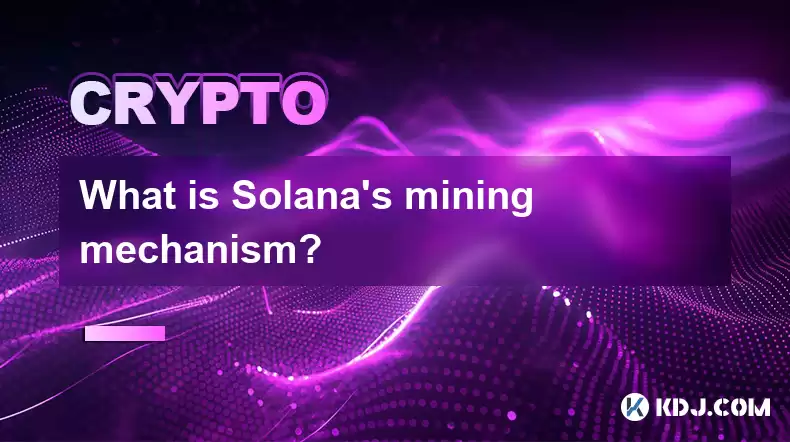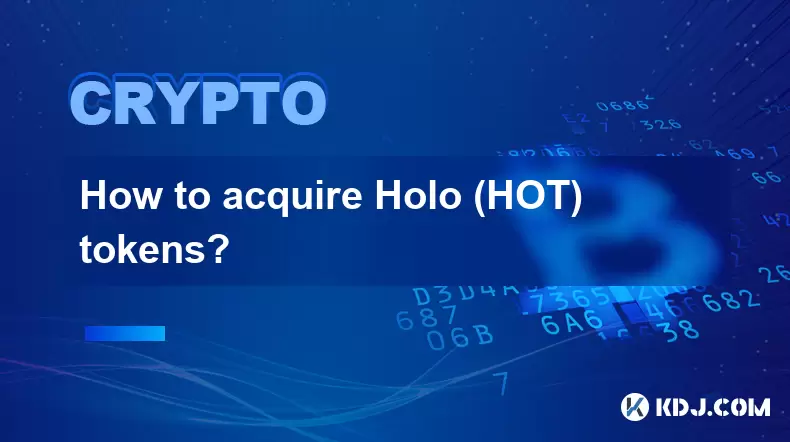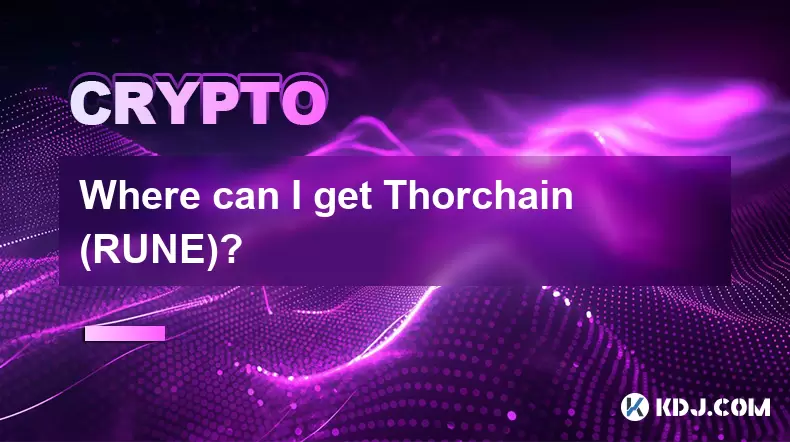-
 Bitcoin
Bitcoin $116700
0.24% -
 Ethereum
Ethereum $3973
4.34% -
 XRP
XRP $3.283
7.68% -
 Tether USDt
Tether USDt $1.000
0.01% -
 BNB
BNB $789.8
2.27% -
 Solana
Solana $176.2
3.31% -
 USDC
USDC $0.9999
0.00% -
 Dogecoin
Dogecoin $0.2238
5.14% -
 TRON
TRON $0.3389
-0.51% -
 Cardano
Cardano $0.7907
4.03% -
 Stellar
Stellar $0.4527
10.02% -
 Hyperliquid
Hyperliquid $41.07
4.27% -
 Sui
Sui $3.794
1.77% -
 Chainlink
Chainlink $19.49
10.40% -
 Bitcoin Cash
Bitcoin Cash $580.9
0.74% -
 Hedera
Hedera $0.2617
4.32% -
 Avalanche
Avalanche $23.41
3.67% -
 Ethena USDe
Ethena USDe $1.001
-0.03% -
 Litecoin
Litecoin $122.4
1.38% -
 Toncoin
Toncoin $3.364
1.49% -
 UNUS SED LEO
UNUS SED LEO $8.988
0.37% -
 Shiba Inu
Shiba Inu $0.00001295
2.82% -
 Uniswap
Uniswap $10.62
5.75% -
 Polkadot
Polkadot $3.922
4.46% -
 Dai
Dai $1.000
0.01% -
 Bitget Token
Bitget Token $4.494
2.15% -
 Monero
Monero $268.0
-1.30% -
 Cronos
Cronos $0.1523
3.68% -
 Pepe
Pepe $0.00001127
4.43% -
 Aave
Aave $285.4
4.85%
What is Solana's mining mechanism?
Solana's innovative Proof-of-History (PoH) mechanism, combined with the Turbine block propagation protocol and a stake-weighted voting system, enables efficient and scalable transaction processing, offering high throughput, low latency, and reduced costs.
Feb 18, 2025 at 11:49 pm

Key Points
- Solana's Differentiated Proof-of-History (PoH) Mechanism
- The Role of Validators and the Stake-Weighted Voting System
- The Turbine Block Propagation Protocol for Efficient Block Dissemination
- Delegating Stake to Validators for Passive Rewards
- Architectural Advantages and Scalability Considerations
- Comparing Solana's Mining Mechanism with Proof-of-Work and Proof-of-Stake
Solana's Mining Mechanism: A Comprehensive Analysis
Introduction
Solana's innovative blockchain platform has garnered significant attention for its remarkable scalability, low transaction fees, and high throughput. Unlike traditional cryptocurrencies that rely on energy-intensive proof-of-work (PoW) or validator-based proof-of-stake (PoS) mechanisms, Solana employs a unique approach called Proof-of-History (PoH). This article delves into the intricacies of Solana's mining mechanism, addressing its key components, advantages, and limitations.
1. Proof-of-History (PoH): A Novel Consensus Algorithm
PoH is a time-stamping mechanism that allows nodes on the network to establish an immutable and sequential ordering of events. Each node maintains a local clock and generates a sequence of hashes, known as a Verified Delay Function (VDF). By referencing a previous hash in each subsequent calculation, the VDF creates a verifiable timeline of events. This timestamped chain of hashes serves as a proof of the order in which transactions occurred.
2. Turbine Block Propagation Protocol
Solana utilizes a specialized block propagation protocol called Turbine to efficiently disseminate blocks across the network. Unlike traditional blockchain designs, where blocks are broadcast to all nodes, Turbine selectively transmits blocks to a subset of nodes based on their network proximity and bandwidth. This targeted distribution ensures rapid block propagation and minimizes network overhead.
3. Stake-Weighted Voting System
Solana's consensus mechanism is underpinned by a stake-weighted voting system. Validators, who are nodes responsible for validating transactions, are selected based on the amount of SOL tokens they stake. The more SOL a validator stakes, the higher its voting power. This mechanism encourages validators to maintain high uptime and participate actively in the consensus process.
4. Delegating Stake for Passive Rewards
Stakeholders who do not wish to run their own validator can delegate their SOL tokens to existing validators. By doing so, they earn a portion of the rewards generated by the delegated validator, proportional to their staked amount. This feature lowers the barrier to participation and provides passive rewards to SOL holders.
5. Architectural Advantages and Scalability
Solana's unique combination of PoH, Turbine, and the stake-weighted voting system offers several architectural advantages that contribute to its scalability:
- High Throughput: PoH allows for parallel transaction processing, enabling high throughput without compromising security.
- Low Latency: Turbine's selective block propagation reduces network congestion, resulting in low transaction latencies.
- Cost-Effectiveness: Delegating stake to validators lowers the hardware and operational costs associated with running a node.
6. Comparing Solana's Mining Mechanism with Proof-of-Work and Proof-of-Stake
Solana's PoH mechanism distinguishes it from PoW and PoS consensus models:
- PoW: PoW requires miners to solve complex mathematical puzzles to validate blocks, leading to high energy consumption and hardware costs.
- PoS: PoS relies on validators with large stakes to verify transactions, which can lead to centralization concerns and potential manipulation.
- PoH: PoH's deterministic time-stamping mechanism eliminates the need for computationally intensive mining or validator selection, resulting in increased efficiency and scalability.
FAQs
Q: Is Solana's PoH mechanism secure?
A: Yes, PoH is considered secure due to its deterministic nature and the verifiable delay generated by the VDF. Manipulating the historical ordering of events would require an attacker to control a significant majority of the network, which is computationally infeasible.
Q: How can I participate in Solana's staking mechanism?
A: You can either run your own validator and stake your SOL tokens directly or delegate your stake to an existing validator using a platform like SolStake or Marinade Finance.
Q: What is the minimum amount of SOL required to stake?
A: There is no minimum stake amount, but the amount you stake directly affects your voting power and rewards earned.
Disclaimer:info@kdj.com
The information provided is not trading advice. kdj.com does not assume any responsibility for any investments made based on the information provided in this article. Cryptocurrencies are highly volatile and it is highly recommended that you invest with caution after thorough research!
If you believe that the content used on this website infringes your copyright, please contact us immediately (info@kdj.com) and we will delete it promptly.
- Bitcoin, Litecoin, and Avalanche: Decoding the Crypto Buzz in the Big Apple
- 2025-08-09 00:30:12
- Pengu Takes Flight: Can This Solana Meme Coin Conquer the Top 3?
- 2025-08-09 00:50:13
- Coinbase's Big Bet: DEX Trading and the Everything App Vision
- 2025-08-09 01:30:12
- Ethereum and Shiba Inu: Navigating the Bull Move
- 2025-08-09 00:35:12
- Dogecoin, AI Coins, and CMC Listings: What's Hot and What's Not
- 2025-08-09 01:35:51
- Navigating the Crypto Market in 2025: Smart Decisions for Meme Coin Investing
- 2025-08-09 00:55:55
Related knowledge

Where can I buy UMA (UMA)?
Aug 07,2025 at 06:42pm
Understanding UMA and Its Role in Decentralized FinanceUMA (Universal Market Access) is an Ethereum-based decentralized finance (DeFi) protocol design...

Where can I purchase Siacoin (SC)?
Aug 08,2025 at 11:14am
Understanding Siacoin (SC) and Its Role in the Sia NetworkSiacoin (SC) is the native cryptocurrency of the Sia decentralized cloud storage platform, a...

Where can I buy OMG Network (OMG)?
Aug 08,2025 at 12:57pm
Understanding OMG Network (OMG) and Its PurposeThe OMG Network, originally known as OmiseGO, is a layer-2 scaling solution built on the Ethereum block...

What exchanges support buying IOTA (MIOTA)?
Aug 07,2025 at 09:58pm
Understanding the Role of Private Keys in Cryptocurrency SecurityIn the world of cryptocurrency, private keys are the cornerstone of ownership and con...

How to acquire Holo (HOT) tokens?
Aug 08,2025 at 05:56am
Understanding Holo (HOT) and Its EcosystemHolo (HOT) is a cryptocurrency token associated with the Holo ecosystem, which is built on the Holochain fra...

Where can I get Thorchain (RUNE)?
Aug 08,2025 at 08:07am
Understanding the Role of Seed Phrases in Cryptocurrency WalletsA seed phrase, also known as a recovery phrase or mnemonic phrase, is a critical compo...

Where can I buy UMA (UMA)?
Aug 07,2025 at 06:42pm
Understanding UMA and Its Role in Decentralized FinanceUMA (Universal Market Access) is an Ethereum-based decentralized finance (DeFi) protocol design...

Where can I purchase Siacoin (SC)?
Aug 08,2025 at 11:14am
Understanding Siacoin (SC) and Its Role in the Sia NetworkSiacoin (SC) is the native cryptocurrency of the Sia decentralized cloud storage platform, a...

Where can I buy OMG Network (OMG)?
Aug 08,2025 at 12:57pm
Understanding OMG Network (OMG) and Its PurposeThe OMG Network, originally known as OmiseGO, is a layer-2 scaling solution built on the Ethereum block...

What exchanges support buying IOTA (MIOTA)?
Aug 07,2025 at 09:58pm
Understanding the Role of Private Keys in Cryptocurrency SecurityIn the world of cryptocurrency, private keys are the cornerstone of ownership and con...

How to acquire Holo (HOT) tokens?
Aug 08,2025 at 05:56am
Understanding Holo (HOT) and Its EcosystemHolo (HOT) is a cryptocurrency token associated with the Holo ecosystem, which is built on the Holochain fra...

Where can I get Thorchain (RUNE)?
Aug 08,2025 at 08:07am
Understanding the Role of Seed Phrases in Cryptocurrency WalletsA seed phrase, also known as a recovery phrase or mnemonic phrase, is a critical compo...
See all articles

























































































